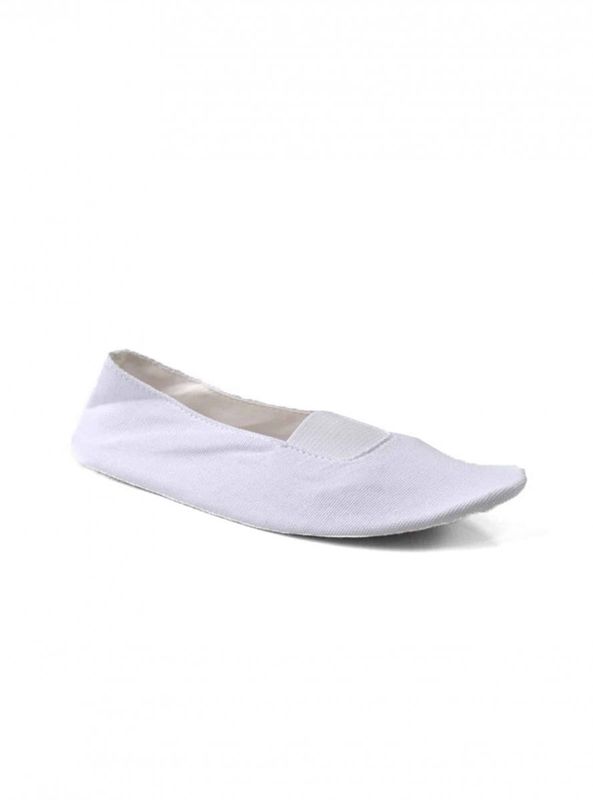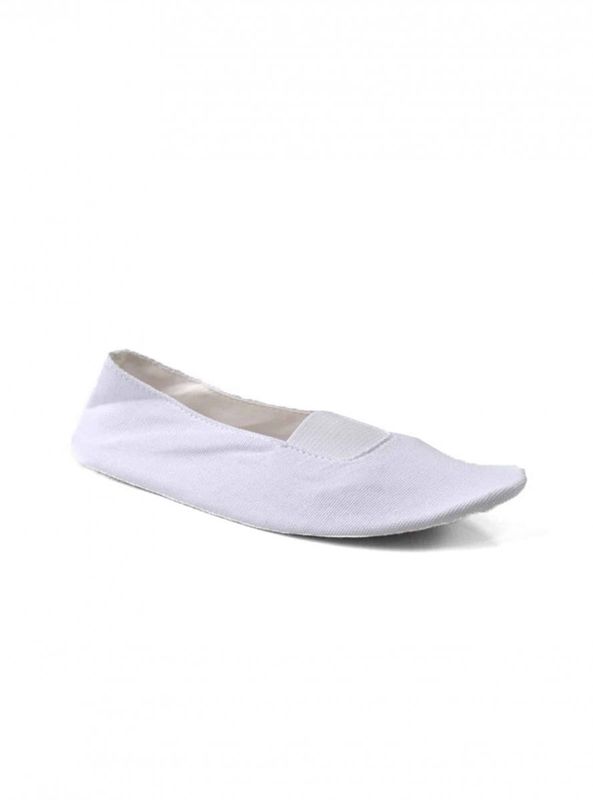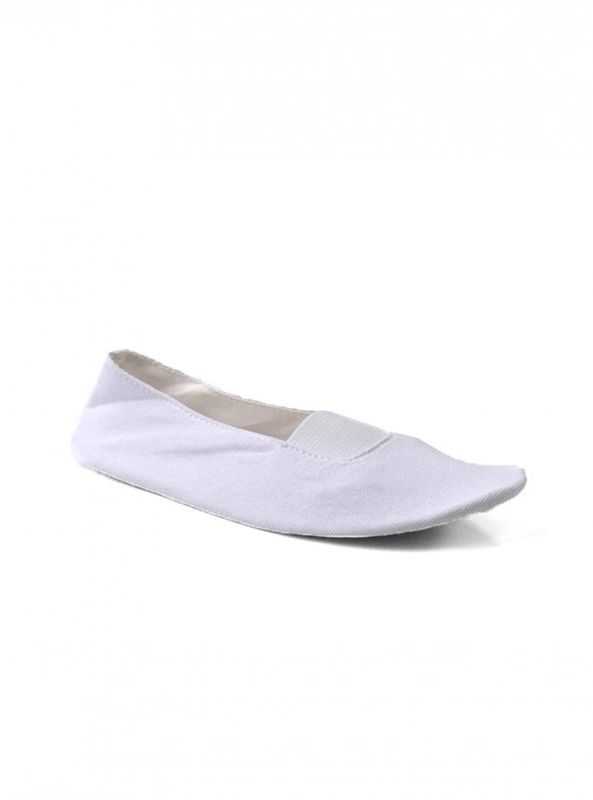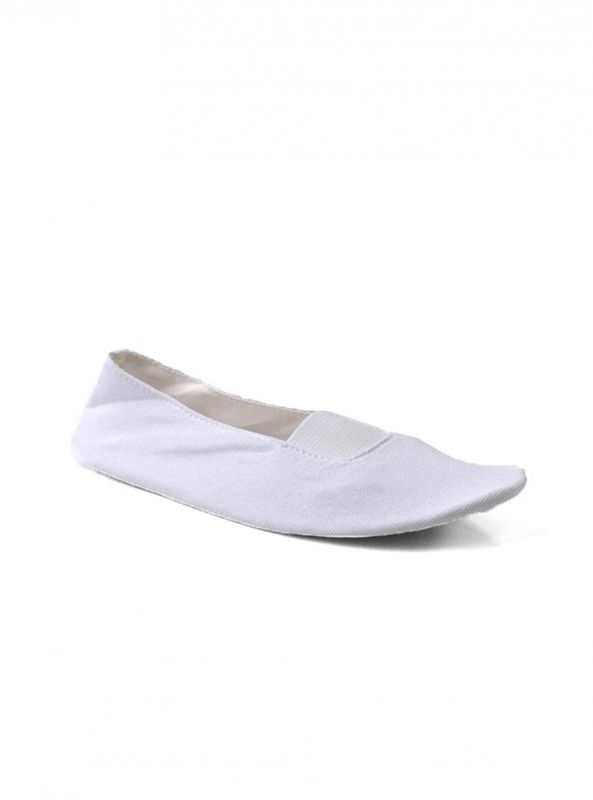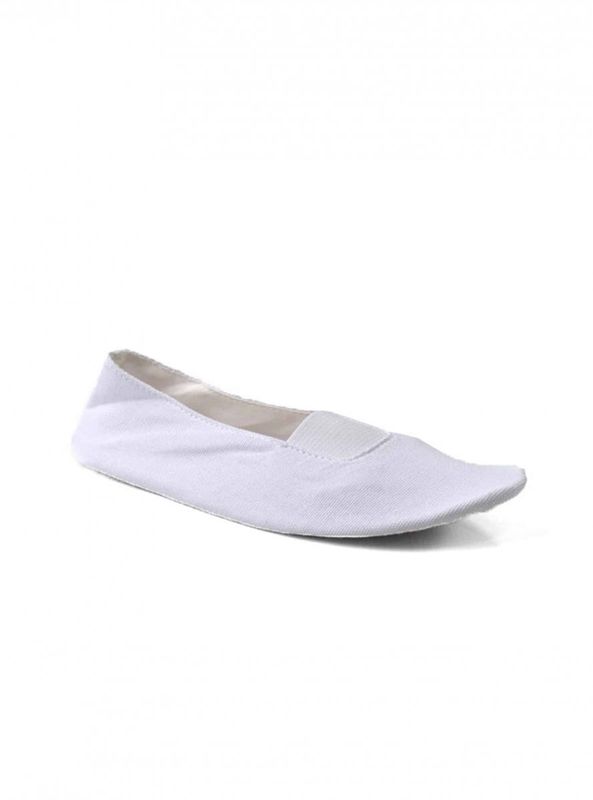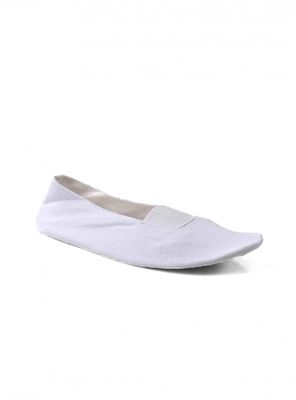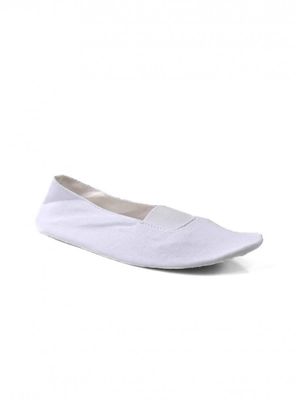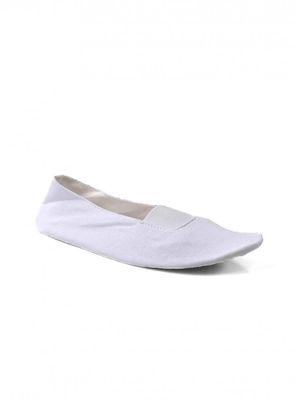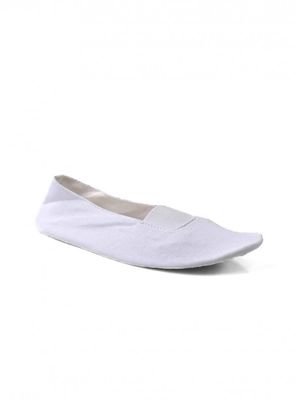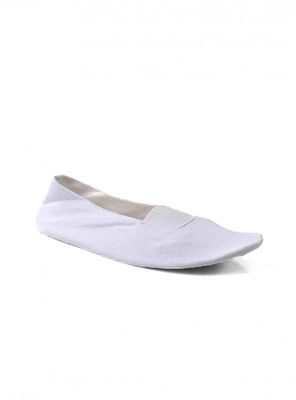Nyhet
Eurytmiskor Vit
- Testar
En lite tunnare och nättare sko i tyg med gummisula avsedd att användas endast inomhus vid t.ex. veckokurser eller vid lektioner en till två gånger i veckan. Har du en bred fot eller snedställning, var extra noga med att du inte sliter på tyget när du använder skon. Om man använder skon utomhus eller på smutsiga, ojämna eller blöta ytor har skorna betydligt kortare livslängd.
Finns i storlek 24 - 48






